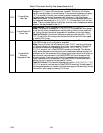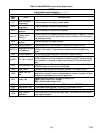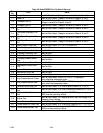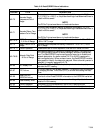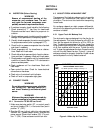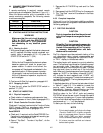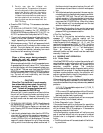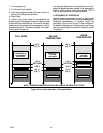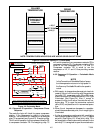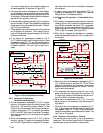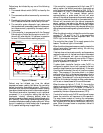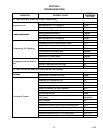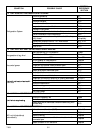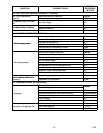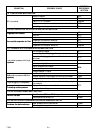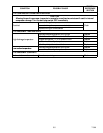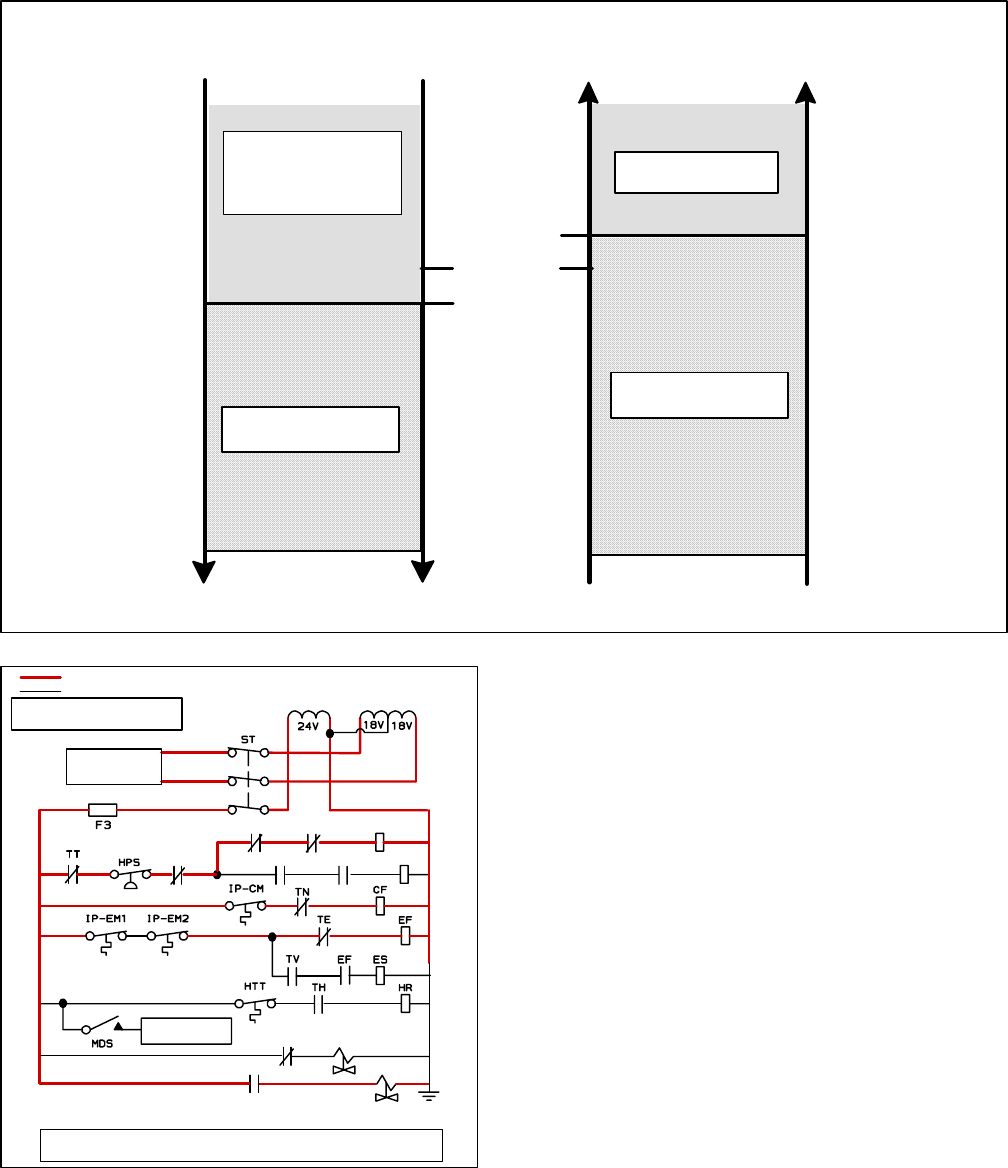
T -309
4-5
SET POINT
FALLING
TEMPERATURE
RISING
TEMPERATURE
--0.20_C
+.20_C
COOLING
ECONOMIZED
AIR CIRCULATION
START UNLOADED,
TRANSITION TO
ECONOMIZED
OPERATION
NOTE: TEMPERATURES INDICATIONS ARE ABOVE OR BELOW SET POINT
AIR CIRCULATION
Figure 4-3 Controller Operation -- Frozen Mode
CONTROLTRANSFORMER
POWERTO
CONTROLLER
SIGNAL TO
CONTROLLER
ENERGIZED
DE--ENERGIZED
FOR FULLDIAGRAMAND
LEGEND,SEE SECTION7
NOTE:HIGHSPEED EVAPORATORFAN SHOWN.FORLOWSPEED
CONTACTTE IS DE--ENERGIZED AND CONTACT TV IS ENERGIZED
TD
T6
PA
PB
T6
PB
PA
USV
ESV
TU
TS
Figure 4-4 Perishable Mode
4.9.1 Sequence Of operation -- Compressor Phase
Sequence
The controller logic will check for proper compressor
rotation. If the compressor is rotating i n the wrong
direction, the controller will energize or de--energize
relay T6 as required (see Figure 4-4). Energizing relay
T6 will switch operation from compressor contactor PA
to compressor contactor PB. De--energizing relay T6
will switch operation from compressor contactor PB to
compressor contactor PA. Compressor contactors PA is
wired to run the compressor on L1, L2, and L3.
Compressor contactor PB is wired to run the
compressor on L2, L1 and L3 t hus providing reverse
rotation .
4.9.2 Sequence Of Operation -- Perishable Mode
Cooling
NOTE
In the Conventional Perishable Mode of opera-
tion the evaporator motors run in high speed. In
the Economy Perishable Mode the fan speed is
varied.
a. With supply air temperature above set point and de-
creasing, the unit will be cooling with the condenser
fan motor (CF), compressor motor (PA or PB), evap-
orator fan motors (EF) energized and the C OOL light
illuminated. (See Figure 4-4.) Also, if current or
pressure limiting is not active, the controller will en-
ergize relay TS to open the economizer solenoid
valve (ESV) and place the unit in economized opera-
tion.
b. When the air temperature decreases to a predeter-
mined tolerance above set point, the in-range light is
illuminated.
c. As the air temperature continues to fall, modulating
cooling starts at approximately 2.5_C (4.5_F) above
set point. (See Figure 4-2.) At set point, relay TS is
de--energized to close the economizer solenoid valve
and relay TU is energized to open the unolader sole-



